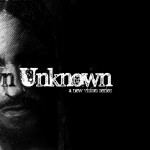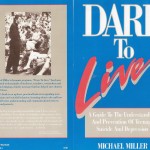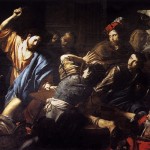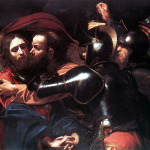At the end of the second century, only a hundred years or more after the writings of the New Testament were completed, Clement of Alexandria penned one of the earliest and most well known descriptions of the gospel of John. Appearing in a context concerning when and why the four gospels emerged, Clement claimed that the gospels with genealogies (Matthew and Luke) were written first and than Mark wrote down the memoirs of Peter.
But, last of all, John – away that the outward facts had been set out in the gospels – was encouraged by his disciples and divinely motivated by the Spirit, composed a spiritual gospel.
I don’t know about you but the first time I read this description of John it seemed rather strange. Why would Clement describe John alone among the four gospels as “spiritual”?
The word “spiritual” is used today of non-secular concerns like prayer and beleif in a higher power but in this sense the same could be said of Matthew, Mark and Luke. The four gospels are all spiritual in the sense that they speak of spiritual things.
An alternative approach might be to see in Clement’s explanation that John was “divinely motivated by the Spirit” a subtle implication that the fourth gospel is inspired while the others are not. But this too doesn’t make sense for Clement himself sets the four gospels apart from the numerous false gospels that were floating around even in his day.
In what sense then did Clement see John as spiritual?
The simple key can be glimpsed in Clement’s own description. Look at it again.
But, last of all, John – aware that the outward facts had been set out in the gospels… composed a spiritual gospel.
The Greek word here translated as “outward facts” is literally fleshly. In the gospels, Clement sees a flesh/spirit dichotomy. According to Clement the first three gospels imparted the material facts while John conveyed the soul. Clement has something of the immaterial in mind, something which he felt external details alone could not fully provide.
The flesh in this sense is something which is visible, tangible, easily discerned by surface appearance. Spirit on the other hand is invisible, intangible, and can only be discerned by those who take the time to see.
Clement understood that there is something more to the gospel of John then simply meets the eye.
Of course Clement has not been alone in this assessment. John has often been compared to a pool in which a child may wade and yet an elephant may swim. Concerning this Leon Morris states,
There are unplumbed depths in the limpid clarity of this writing. What at first appears obvious is presently seen to pose problems. Most students would agree with Hoskyn that years of close study of this Gospel do not leave one with a feeling of having mastered it, but rather with the conviction that it is still “strange, restless, and unfamiliar.”
Evangelicals may love John because of it’s perceived simplicity but John isn’t always that simple. Outside the book of Revelation, no other New Testament book compares with the mystery contained within its pages. What seems clear on the surface is not quite so plain.
John’s gospel overflows with mystifying symbolism, anomalies and codes, hidden levels of meaning that go well beneath the surface of the text, clues to a powerful truth. John is a mystery inviting the perceptive reader to unravel.
What do you think?

























